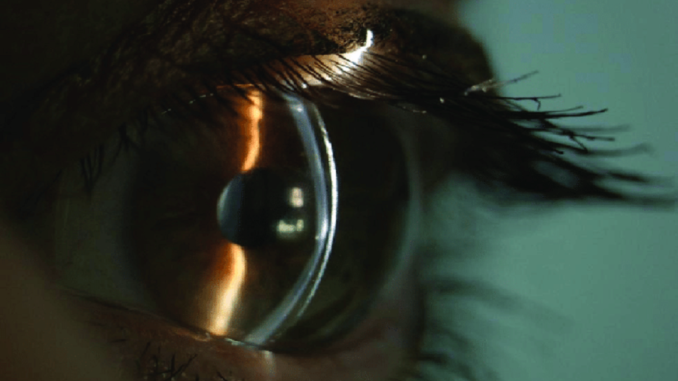
The doctor will initially provide you with numbing eye drops before executing this surgery. A unique contact lens will be applied to the eyeball by the doctor as the patient relaxes with their head in the slit lamp microscope. Any hint of elevated ocular pressure, which could point to glaucoma, should be evaluated by the test.
The short slit technique (กรีดตาสั้น, which is the term in Thai), also known as biomicroscopy, is a common diagnostic technique. Ample bright light and a microscope are clubbed together in a slit lamp.
A complete eye checkup is associated with a short slit technique. The patient will have their chin and forehead supported as they sit in a chair with their back to the slit lamp.
With the help of this tool, the doctor may closely investigate the eyes and recognize any anomalies. The person will be able to identify the findings involved with them. To obtain a fair look at the structures inside a person’s eyes, doctors take the help of the slit lamp as part of a comprehensive eye exam. They incorporate the accompanying:
The thin, transparent membrane known as the conjunctiva covers the white portion of the eye. The translucent layer that protects the iris and pupil is known as the cornea. Along with helping light reach the retina at the back of the eye through the pupil, it covers the eye.
Eyelids:
The eyelids shield the eyeball from harm or foreign objects. The eye is lubricated and from drying out by blinking.
The colored portion of the eye is called the iris, and it also manages the pupils, lens, and sclera.
Process
- The doctor may use a special dye called fluorescein to make the exam easier after taking a quick look at the eyes. They will either apply it to the white of the eye using a tiny, thin paper strip or as an eye drop.
- After that, the physician will apply several eye drops to widen the pupils. The doctor can see the other eye structures more easily thanks to the dilatation. The depths take around 20 minutes to start working.
- The doctor will conduct an additional eye examination after the patient has dilated pupils. This time, they will put a specific lens next to the eye. Although there may be a slight stinging sensation while applying the eye drops, the treatment is painless.
Large, dilated pupils can affect the eyes to become light-sensitive. The patient can feel uncomfortable while driving or outside the sun. Wearing sunglasses can be helpful since the eye drops should wear off in a couple of hours.
Leave a Reply
You must be logged in to post a comment.